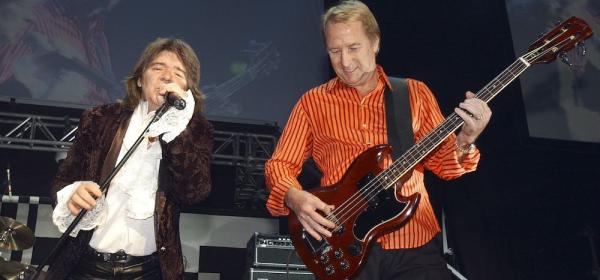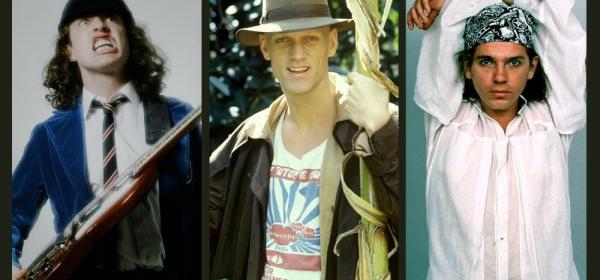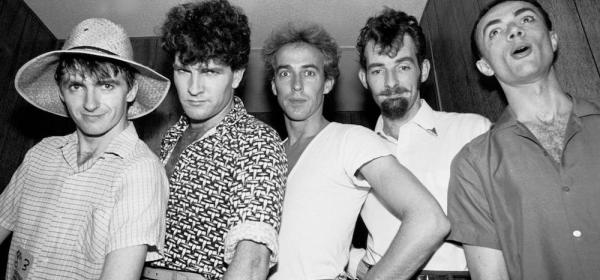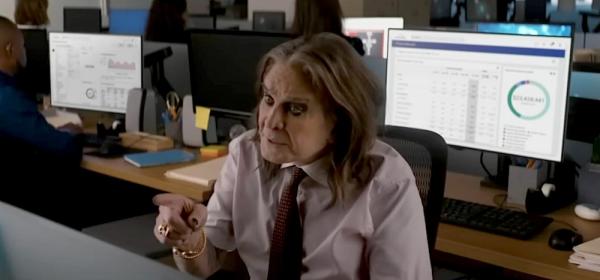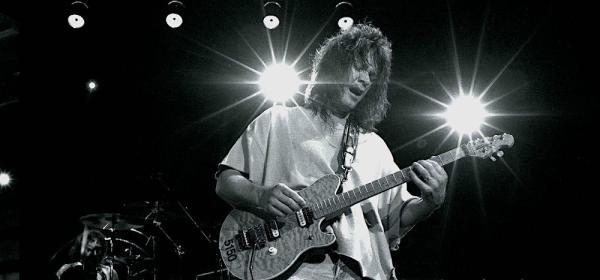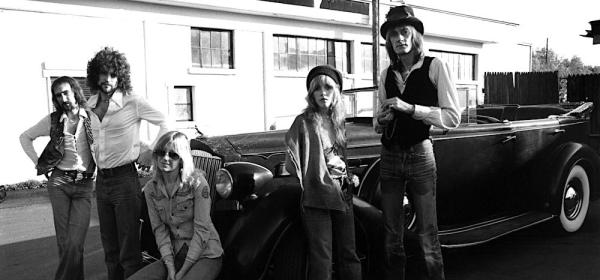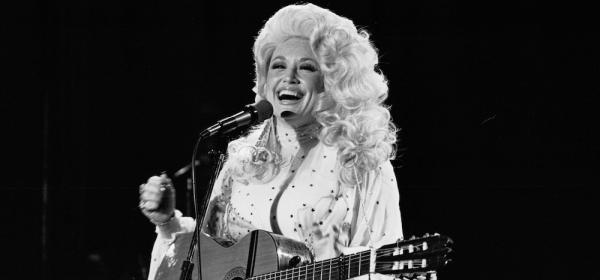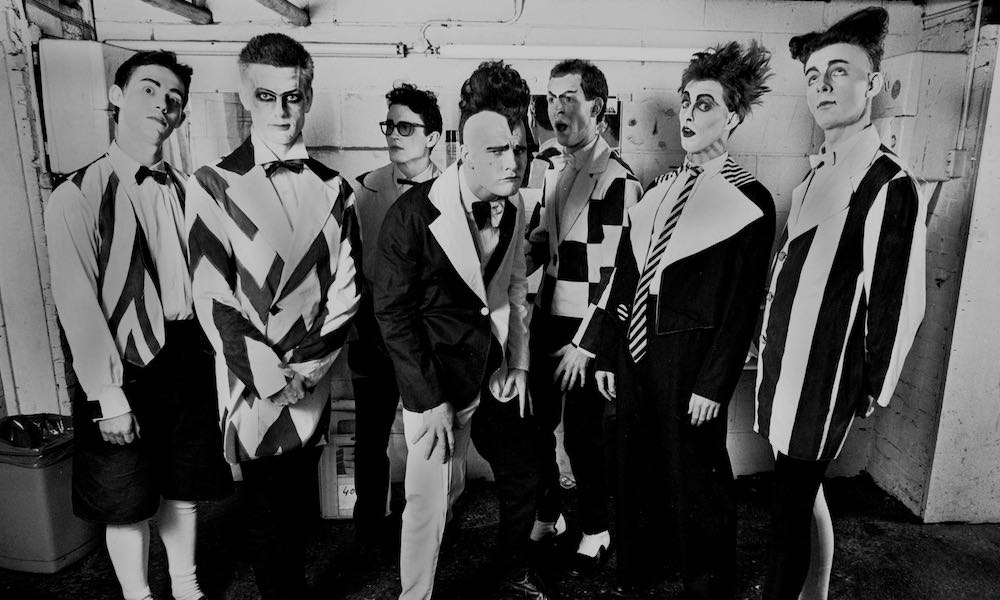
It would be lovely if New Zealand were part of Australia, but unfortunately, it’s not. That, of course, doesn’t mean that some New Zealand artists aren’t actually Australian. The good and successful ones mostly. We take a look at some of the great New Zealand artists who, we reckon, still call Australia home.
The La De Das (and Kevin Borich Express)
“Gonna See My Baby Tonight”
The La De Das first played Australia in 1967 and had a go at London in 1969 before really finding their feet here. Stars since the mid-‘60s at home, and a killer R&B-turned-psych band who decided to get down-home and dirty as the ‘70s began, the group, which featured guitarist Kevin Borich, was entirely at home amongst the likes of Chain, Daddy Cool and Billy Thorpe & The Aztecs. Their 1971 single “Gonna See My Baby Tonight” was a massive Australian hit and put the band on the map here, as did an appearance at the first Sunbury Festival in 1972. The band’s co-frontman Phil Key then left to form the great Band of Light, leaving Borich as the only original member and very much the focus. After the band split in 1975, Borich formed the Kevin Borich Express and became an Australian guitar hero par excellence.
“Going Downtown”
Mike Rudd
“I’ll Be Gone”
Mike Rudd, of Spectrum, Murtceps, Ariel and Mike Rudd & The Heaters fame started out playing raw R&B in the clubs of Christchurch with a band called Chants R&B, who moved to Melbourne in 1966 and promptly split up. Mike then hooked up with Ross Wilson and Ross Hannaford in their pre-Daddy Cool band, The Party Machine before forming Spectrum in 1969. Spectrum’s first single was the massive “I’ll Be Gone”. Rudd also saw success with Spectrum’s alter-ego, The Indelible Murtceps, and subsequently with Ariel, who visited the UK twice before splitting in 1977. Mike then hit the pubs with Mike Rudd’s Instant Reply, and then The Heaters. Rudd remained musically active with longtime bass player Bill Putt, and the pair had a new line-up of Spectrum from the late ‘90s until Putt’s death in 2014; Spectrum continues with Mike upfront.
Allison Durban
“Baby Without You”
Our original Queen of Pop (in 1969, 1970 and 1971!) and Johnny Farnham’s duet partner in 1971, Allison hailed from Auckland and found initial success ay home before moving here in 1966. She maintained a successful career in both countries and was a major star until her stint with Farnham, after which her star waned quickly. Here she is with our boy.
Split Enz (and The Swingers, Crowded House, Tim Finn)
“I Got You”
The band that most people think of when they think of New Zealand bands, Split Enz moved to Melbourne in early 1975 after building a small but dedicated fan base at home as the Split Ends. They changed their name, so it finished with “NZ” in recognition of where they came from. At odds with burgeoning Australian pub rock scene, the band’s theatrical shows and quirky art-pop was none the less well-received here, and a deal with Michael Gudinski’s Mushroom precipitated a move to the UK, where they worked with Phil Manzanera from Roxy Music. The band sold a good number of albums in Australia but struggled with a hit single until “I See Red” in 1979. Of course, there are also the Split Enz offshoots – co-founder Phil Judd’s band The Swingers and their #1 single “Counting the Beat”, Tim Finn solo, and Crowded House. Aussie’s, all of them. (Can we add Fleetwood Mac to that list yet?) Here’s the mighty Enz on that bastion of Aussie-ness, the Paul Hogan Show.
“Counting The Beat”
“Don’t Dream It’s Over”
“Fraction Too Much Friction”
Dragon
“This Time”
Like the Enz, Dragon began off as something quite esoteric before eventually simplifying things and learning the value of a good pop song. The band settled in Sydney in 1975, and with the addition of keyboard player and songwriter Paul Hewson – who had declined an offer to join the group back home – they were soon churning out the hits. Of course, there was a dark side to the group – Marc Hunter was sacked in 1979 for his wayward ways, and he would die of cancer in 1998, drummer Neil Storey died of a drug overdose not long after their arrival in Sydney, and Paul Hewson died of a drug overdose in 1985. The band soldiers on with Todd Hunter at the wheel and a remarkable catalogue of material from which to draw.
Mother Goose
“See If I Care”
The “Baked Beans” lot were as theatrical as Split Enz, but their music was more rooted in early ‘70s progressive rock, songs about tinned-food aside. Those who saw them in the pubs will tell you they were a powerful live unit, and indeed the band broke numerous house records at home in NZ as well as here, after they relocated in 1976. Their first album Stuffed even sold well for Mushroom, but “Baked Beans” ensured the band was seen as a novelty act. The fact that one of them dressed as a baby and another as a bumblebee probably didn’t help. Out of consideration to the band, here is a different song from that first album.
Mi-Sex
“Graffiti Crimes”
Mi-Sex hit Sydney in ’79, a bunch of seasoned pro’s who had riskily adopted a very English electronic-punk style. It was risky because the likes of Ultravox, whose song “My Sex” gave them their name, had yet to break here. But their timing was right, and they rode the pub rock wave and Countdown exposure to the top of the charts. “Computer Games” was the big one, but their first album Graffiti Crimes enabled them to build the reputation that got them places.
Sharon O’Neill
“Words”
Sharon hailed from Nelson and made a name for herself as a popular singer and respected songwriter at home before moving to Sydney at the start of the ‘80s. She won Top Female Artist of the Year in New Zealand in 1980, and most Popular Female at the Countdown Awards the following year. Early on she received the support of the popular New Zealand singer Mark Williams whose repeated attempts to establish himself in Australia failed until he became Dragon’s singer, and her 1980 album featured a duet with a younger vocalist who became a star in Australia later in the decade. His name was Jon Stevens.
Jenny Morris
“It’s You I Know”
Jenny first played in Australia upfront of popular Auckland new wave-type band The Crocodiles, who also featured future Models drummer Barton Price once they moved to Sydney. The Crocodiles went nowhere, but Jenny had a taste of success with her next band, QED, whose first single “Everywhere I Go" cracked the Australian top 20 in 1984. Soon Jenny was doing backing vocals for INXS, and with support from those guys, primarily drummer Andrew Ferris who became her producer, she started her solo career with the Top 40 single "You're Gonna Get Hurt" in 1986. We prefer the wonderful “It’s you I know”, written by Neil Finn and a top 20 hit in 1987.
Jon Stevens
“Jezebel”
Jon Stevens was a rising star at home in 1980. As mentioned, he recorded with Sharon O’Neill in that year; he also released his debut album, which went to #7. He moved to Sydney the following year, at the age of 20, and released his first Australian album in 1982. The next year he teamed up with guitarist Stuart Fraser to form the band The Change. By 1986 The Change had evolved into Noiseworks, and Stevens was on his way to becoming the most recognisable Australian frontman of the era.
Keith Urban
“Only You”
Yeah so it’s kinda ridiculous that New Zealand claim Keith has his own, as he moved here when he was twp, and if he hadn’t moved to Queensland, he probably wouldn’t go for Country Music anyway. And even though it was America who took Keith to the world (and effectively sold him back to mainstream Australia), he was known in country circles here much earlier and released his debut album here in 1991. Ironically his second single “Only You” was written by Dragon’s Todd Hunter, but Todd’s an Aussie too so there ya go.
Shihad
“Home Again”
Formed in Wellington in 1988, Shihad went onto become one of the great Australian hard rock success stories of the ‘90s and beyond. They’ve also had five #1 albums at home – more than any other New Zealand artist – and 25 Top 40 singles – also more than any other homegrown artist. So when we say “Australian hard rock success story”, we’re not trying to claim them as our own or anything. Really.
Evermore
Hailing from that era of completely unremarkable band names, these guys came out of Feilding on the North Island to release three Platinum-selling albums and win numerous awards, including the Channel V Oz Artist of the Year Award in 2007. Which proved that even though they're from New Zealand, they are Australian. They do now live in Melbourne by the way.
And a couple we apparently didn’t want…
Hello Sailor
These guys followed Dragon over the ditch after achieving much success at home, but they surprisingly didn’t cut it in those fledgling pub rock days. A lack of Countdown support didn’t help. They split in 1980, but a couple of their songs, “Gutter Black” and “Lady Blue” are still much loved. After their split, guitarist and songwriter Dave McArtney formed the Pink Flamingos with Dragon’s Paul Hewson.
Toy Love
“Squeeze”
New Zealand has a great punk heritage, and the so-called “Dunedin Sound” of the ‘80s as documented by the Flying Nun label, had a significant impact worldwide. One man who connected to both is the wonderfully iconoclastic singer-songwriter - and Toy Love main guy - Chris Knox. Toy Love moved briefly to Sydney in 1980 and were early labels mates on Deluxe records with INXS and The Numbers, but Australian success wasn’t forthcoming. We eventually caught up with Chris and the band when the rest of the world did.
And one who didn’t want us…
Dave Dobbyn
“Slice of Heaven”
After a decade of massive success at home with Th’ Dudes and DD Smash, and repeated attempts to break Australia, Dave Dobbyn finally did it in 1986 with the #1 smash “Slice of Heaven”. He moved here, but after a decade or so of not much happening, Dave moved back home, where the Top 10 albums and sell-out tours kept coming. He left us with that 1986 hit single of course, which has continued to help the New Zealand Tourism Department to entice Australians to cross the ditch for decades now.


